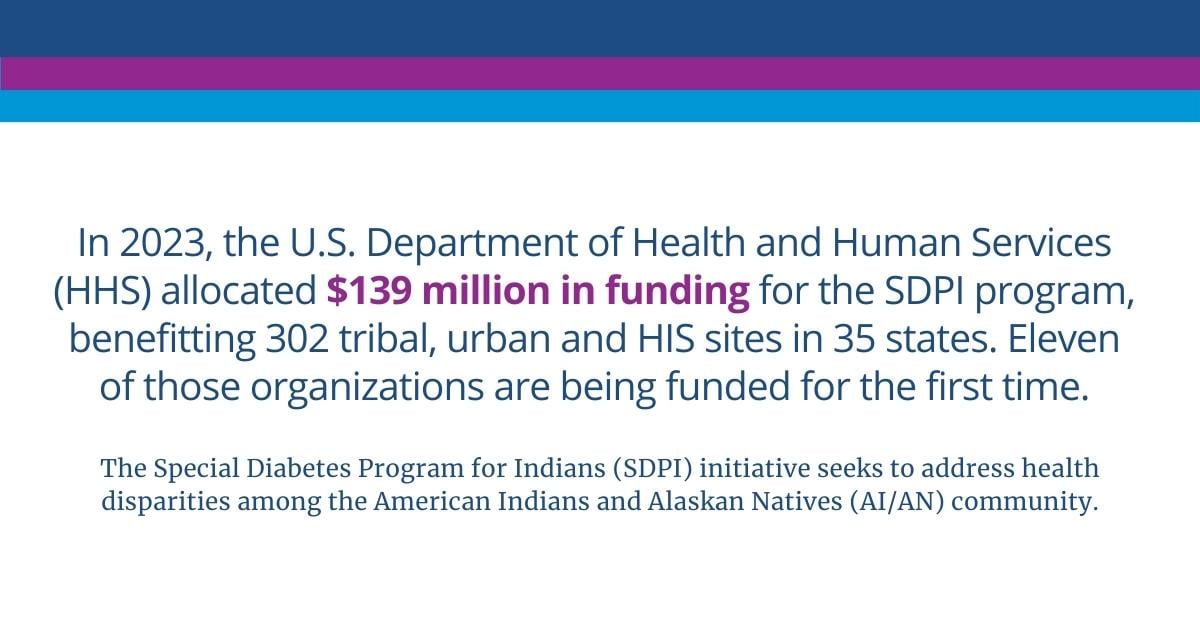American Indians and Alaskan Natives (AI/AN) face significant disparities in healthcare access and outcomes compared to other American populations. Many factors, such as geographic isolation, inadequate access to healthcare services, and understaffed healthcare facilities, exacerbate these health inequities.
The commitment to equal access to quality healthcare is critical to creating a healthy society. It is essential to recognize the unique challenges the AI/AN communities face and continue striving to ensure that all have an equal opportunity for quality care.
One way to bridge healthcare inequities is through digital tools such as telehealth and remote patient monitoring (RPM). Telehealth and RPM can help connect patients and providers in rural areas with specialists, allowing for timely diagnosis and treatment that may otherwise be out of reach. It enables those who previously had to travel long distances for medical appointments to receive care from home. The tools can also help a better flow of communication between patients and providers, allowing for more personalized care plans to address specific health needs.
Digital Tools: A Game Changer
In addition to bridging healthcare inequities, telehealth and RPM have a role to play in population health. By monitoring and managing the overall health of a population, telehealth and RPM can provide early interventions that may reduce future health risks and costs associated with preventable illnesses.
This is especially true for the AI/AN, whose communities are often plagued by chronic health issues such as diabetes, hypertension, heart disease, and obesity. By offering remote monitoring along with access to dedicated care teams, telehealth can help diagnose illnesses at an early stage and provide interventions that could prevent further complications.
Additionally, traditional healthcare services may be augmented with innovative approaches like educational resources based on a patient’s specific needs. By empowering individuals to take control of their health, telehealth and RPM can help improve the overall well-being of the AI/AN populations.
Telehealth and RPM are transforming healthcare delivery for the AI/AN community by providing more convenient and personalized care. It has also enabled healthcare providers to better understand the community's unique cultural backgrounds and health needs, leading to more tailored care.
Telehealth and RPM for Maternal Care
AI/AN women are at a higher risk of pregnancy-related death and health complications due to difficulties accessing risk-appropriate care. A study revealed that one in three AI/AN women do not have access to critical care obstetric units within a 50-mile radius. Timely transportation to health facilities, underdeveloped hospital and clinical referral networks, and lack of culturally competent care are just some of the challenges pregnant AI/AN women face.
Telehealth is one effective way to bridge this healthcare gap. It provides AI/AN women immediate access to care without having to travel long distances to the nearest facility. Providers can monitor vitals and administer treatments remotely, ensuring that these mothers receive appropriate care at the right time.
From prenatal to postpartum, telehealth and RPM can provide much-needed maternal care for women whenever, wherever.
Special Diabetes Program for Indians (SDPI)
Among the federal initiatives to address health disparities among the AI/AN community is the Special Diabetes Program for Indians (SDPI). This community-directed funding seeks to reduce the high levels of diabetes-related morbidity and mortality found in these populations by providing access to culturally appropriate care and prevention services.
In 2023, the U.S. Department of Health and Human Services (HHS) allocated $139 million in funding for the SDPI program, benefitting 302 tribal, urban and HIS sites in 35 states. Eleven of those organizations are being funded for the first time.
The SDPI Community-Directed grantees are required to implement evidence-based Diabetes Best Practices such as eye screening, mental health screenings, weight management programs, and nutrition education. They must also identify and develop activities that address specific local concerns and needs.
SDPI community advocacy programs have included interesting activities such as traditional food promotion, community gardening, and traditional storytelling or Talking Circles to increase diabetes awareness and knowledge in a localized way.

The Role of Telehealth and RPM in SDPI’s Success
Telehealth and RPM can significantly contribute to the success of SDPI by providing improved access to medical services and support to the AI/AN community, who are faced with multiple barriers to healthcare access. Incorporating these digital tools into diabetes care management has numerous benefits, including:
- Track patient's blood sugar trends using biometric devices and make timely interventions
- Improve patient self-management through video education and teach-back quizzes
- Facilitate virtual consultations with specialists and sessions with coaches and dietitians
- Improve patient’s medication adherence
HRS' Diabetes RPM Solutions
Telehealth and RPM have the potential to revolutionize diabetes management, increasing the efficiency of care and raising the quality of treatment for patients suffering from this condition. With these digital technologies, providers can expand access to healthcare for the underserved community while significantly lowering costs associated with managing diabetes.
